The lighting industry is undergoing a significant transformation as more states move to phase out fluorescent bulbs. Growing concerns over mercury exposure, energy inefficiency, and environmental impact have prompted legislation across the country to ban these outdated lighting solutions. In total, 16 states have implemented similar bans, with more expected to follow. These regulatory changes are driven by concerns about mercury exposure from broken fluorescent bulbs, as well as the need to reduce energy consumption and lower utility costs. As fluorescent and incandescent options disappear, LEDs for commercial properties are becoming the clear choice for the future.
The move toward LEDs is not simply about swapping out bulbs. For facilities managers, the LED retrofit process involves careful planning and consideration. From parking lots and warehouses to conference rooms and production floors, each area has unique lighting needs. Selecting the right products, whether LED tubes, retrofit kits, or complete fixture replacements, is essential for compliance and maximizing long-term benefits.
The first and most straightforward option is a direct replacement strategy by replacing existing bulbs with plug-and-play LED alternatives. This allows businesses to quickly comply with bans by using bulbs compatible with existing fixtures. However, this option comes with higher upfront costs and potential issues with dimmer compatibility, light directionality, and blue light emission. It works as a short-term solution but lacks optimization.
For a more thorough approach, facility managers might consider upgrading ballasts or choosing fixtures that improve workplace aesthetics and comfort. Lighting controls like dimming, color tuning, and motion sensors can improve working conditions and lower energy costs. These improvements, while requiring more planning, provide significant benefits, including increased employee productivity and energy savings.
The most comprehensive strategy involves a full LED upgrade. This involves designing a complete lighting solution tailored to a facility’s needs, including advanced LED fixtures with integrated controls. This method allows businesses to maximize energy savings, reduce maintenance costs, and benefit from rebates and longer warranties. Although the upfront investment can be large, but the long-term savings and sustainability gains are substantial.
For businesses considering LED upgrades, understanding the rebate landscape and warranty options is critical. In addition, working with an experienced industry partner can help navigate supply chain challenges, labor shortages, and regulatory requirements.
The shift toward LEDs for commercial properties is not just about meeting new laws — it’s an opportunity to create safer, more efficient, and more comfortable work environments. Businesses that plan and invest wisely in LED upgrades will not only comply with state regulations but also drive significant cost savings and environmental benefits.
As more states join the movement to ban fluorescent lighting, the LED retrofit process will become a necessity for all. Whether your business chooses the good, better, or best approach, starting early and working with knowledgeable partners will help ensure a smooth and cost-effective transition.
Click here to read the full article, originally published March 17, 2025, by Buildings.com.

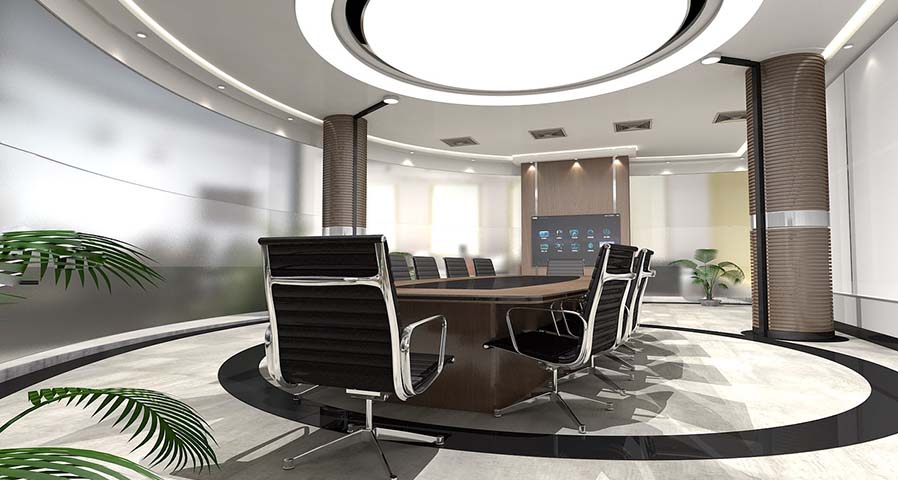

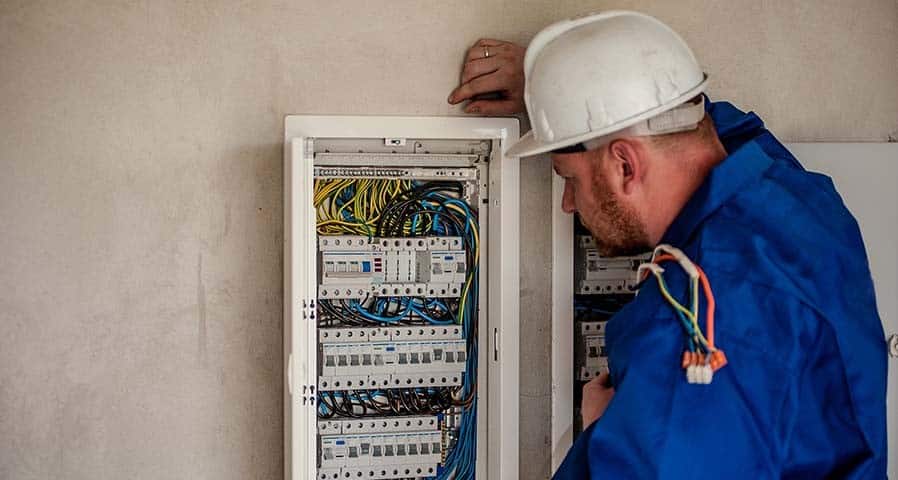
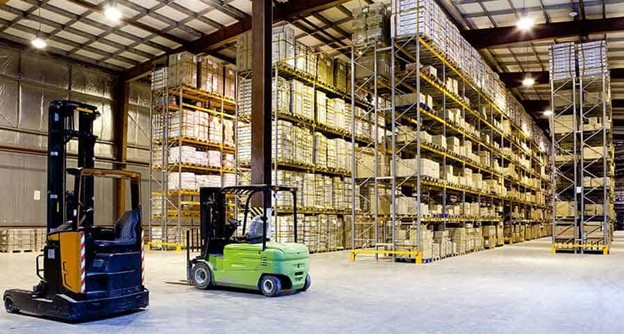
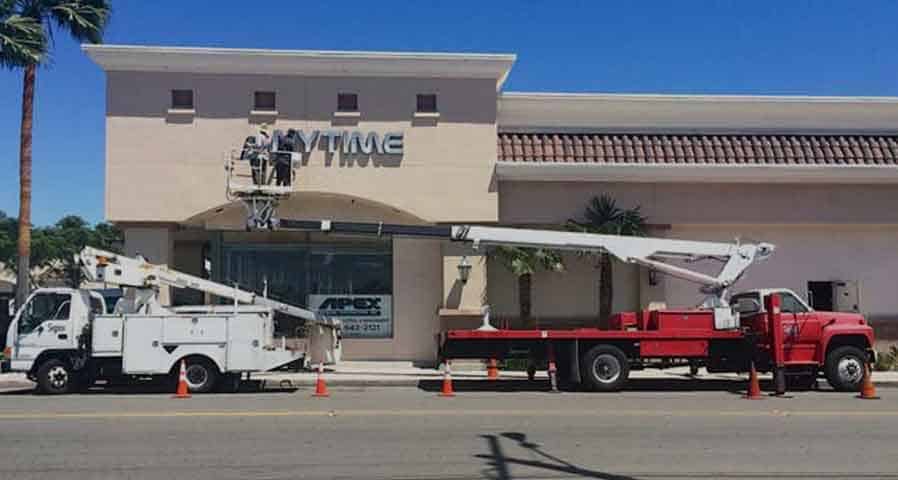

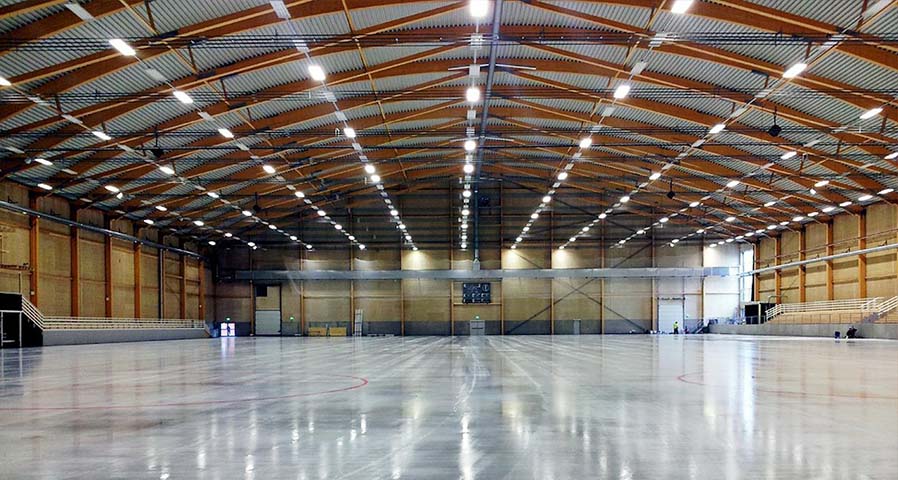
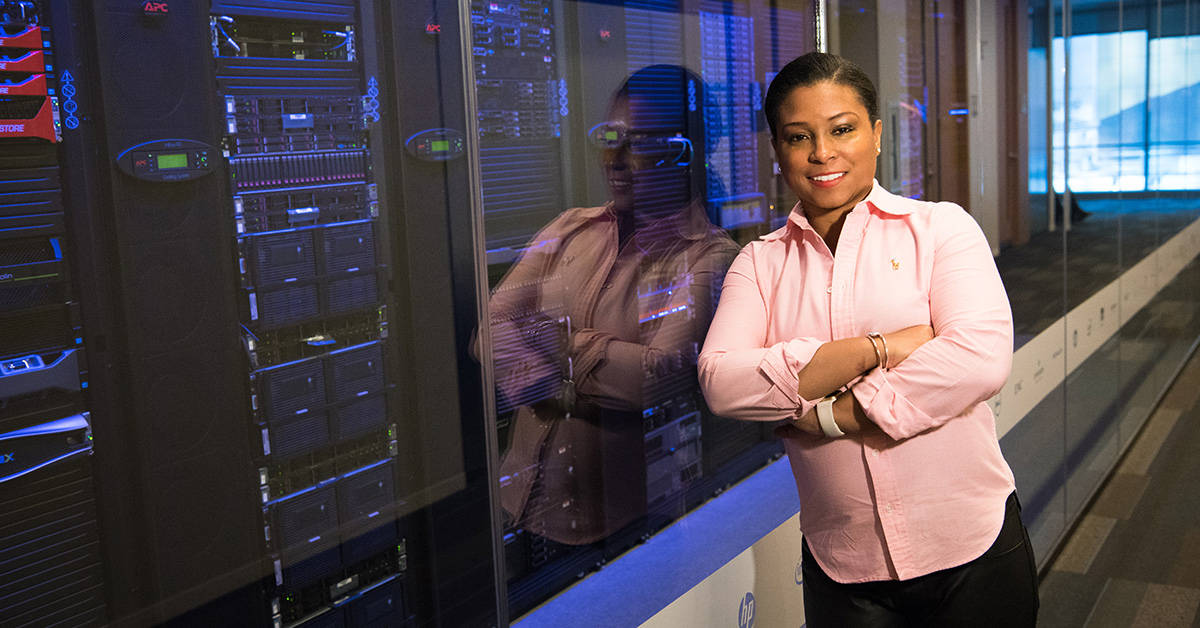






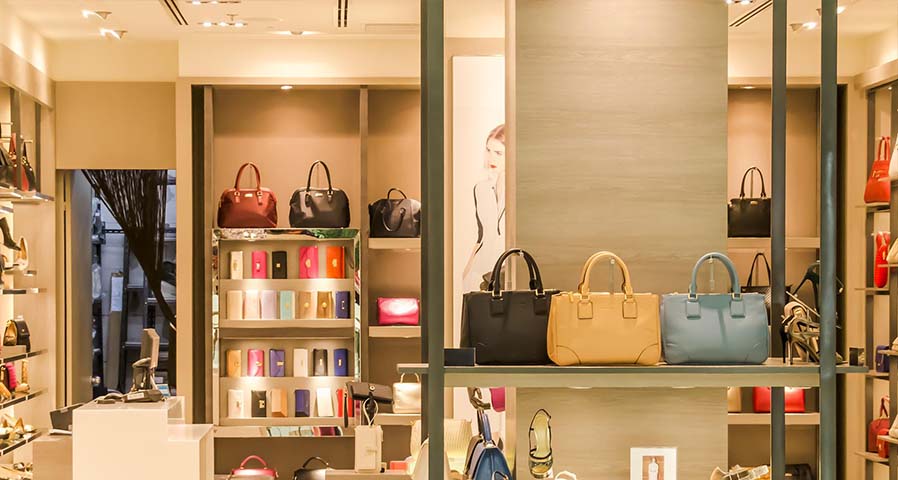
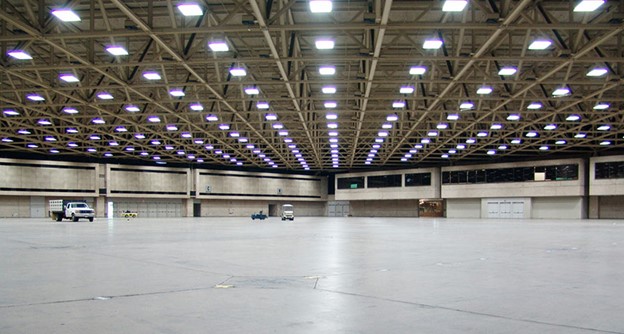
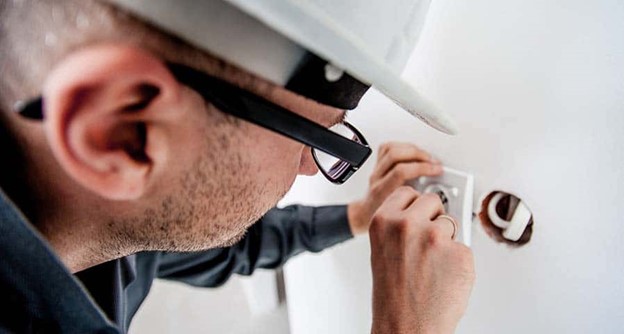
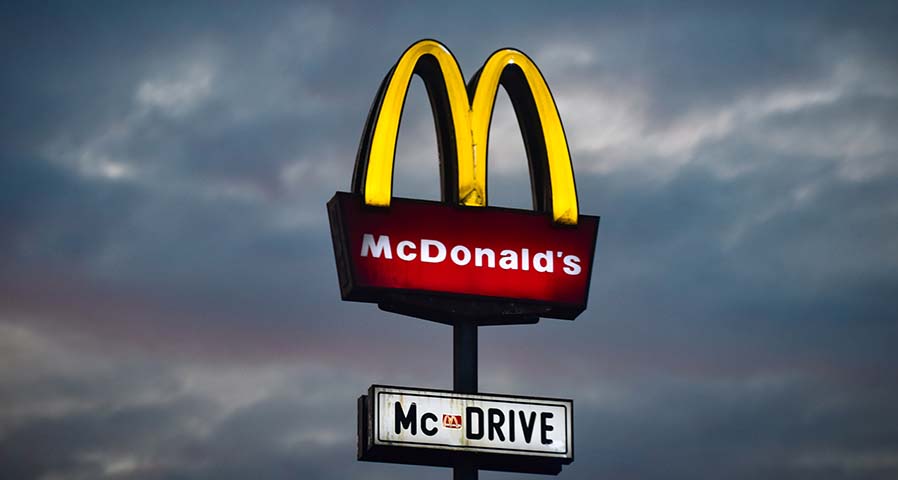
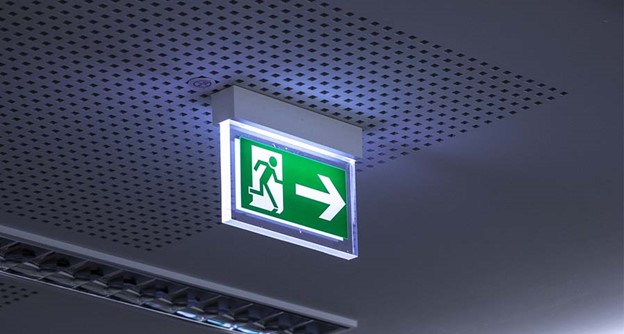
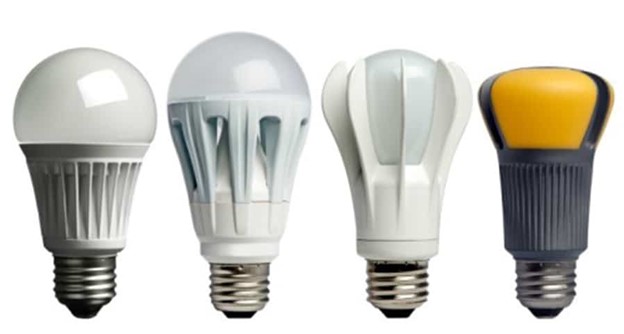
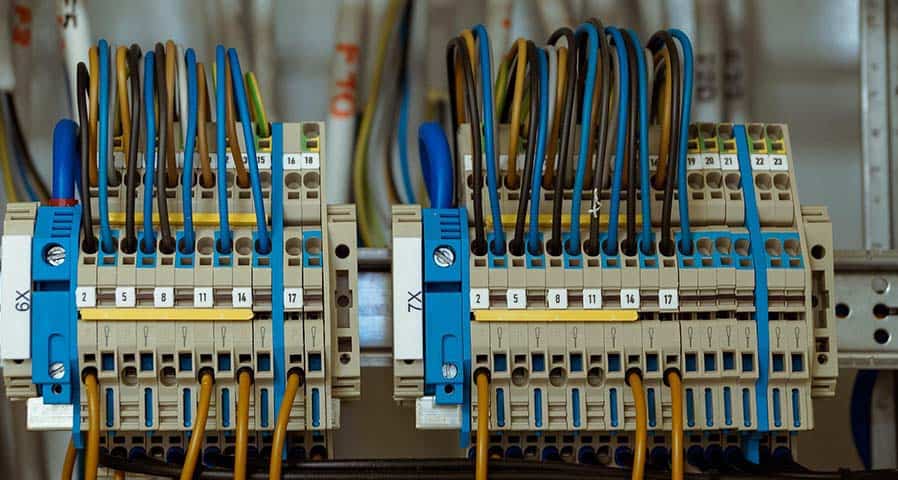
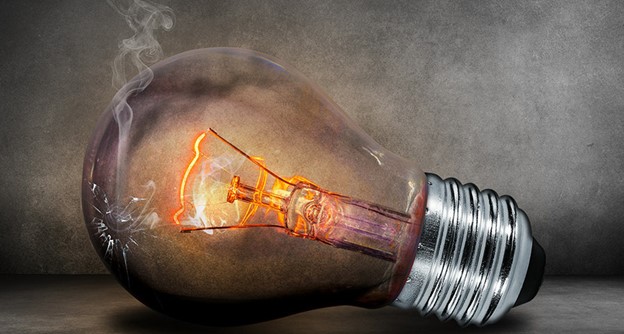


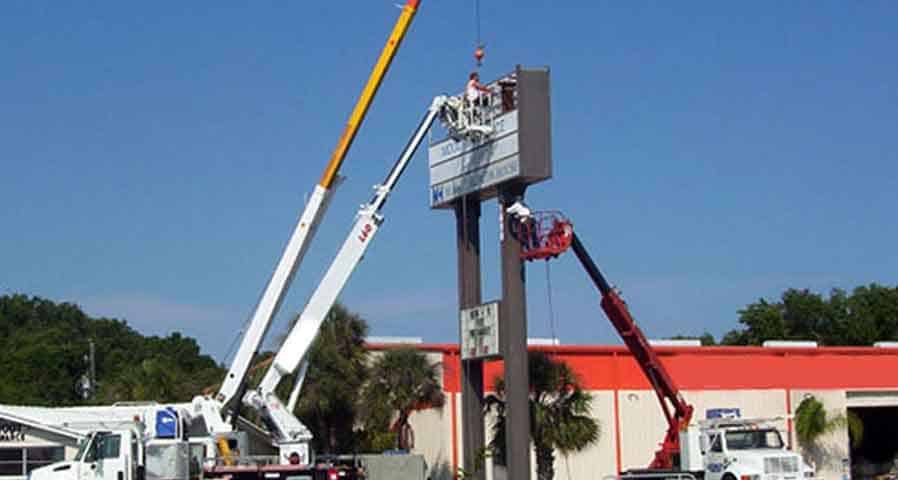

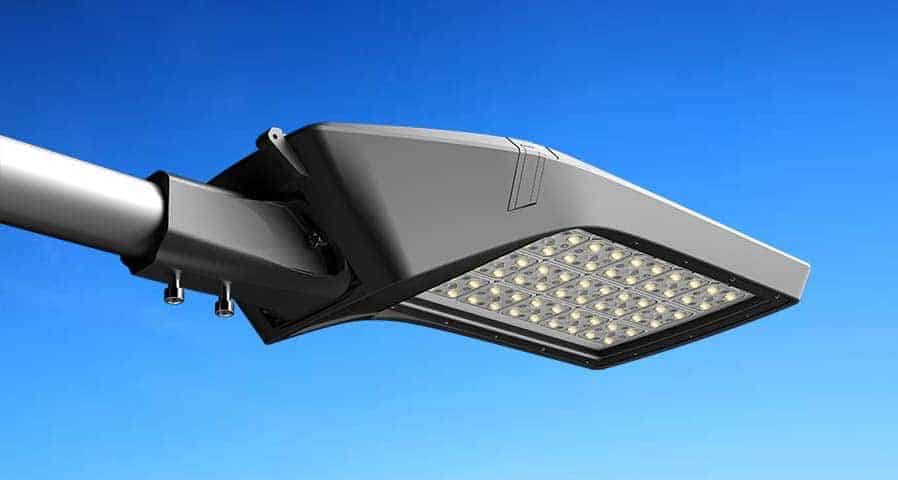
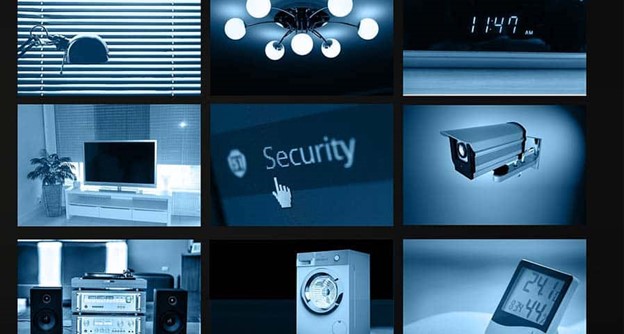
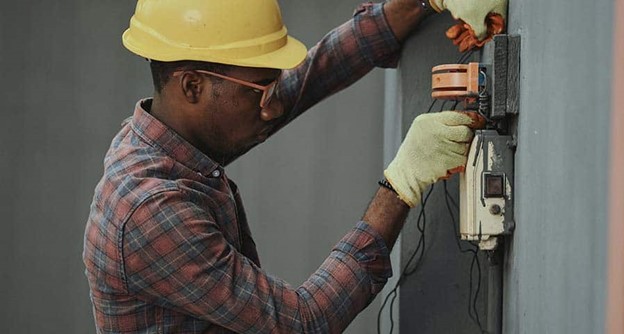
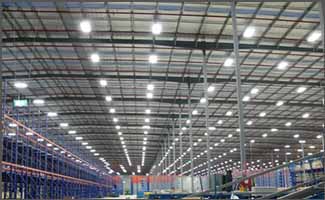



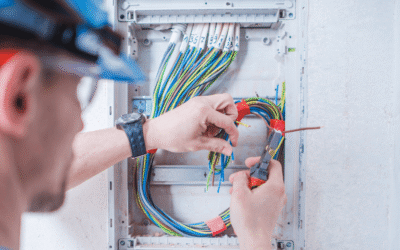
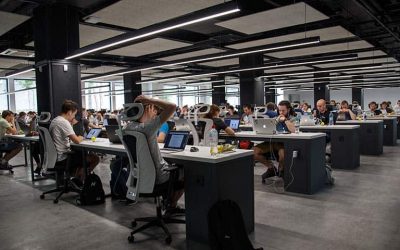
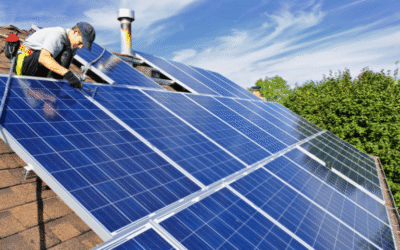
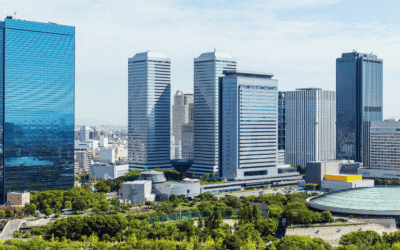

0 Comments